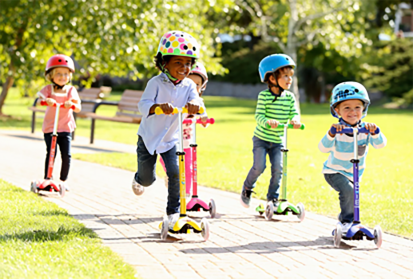Kids scooter riding is an exciting and enjoyable activity for kids, but it also requires a good understanding of safety rules and road etiquette to prevent accidents and injuries. Whether riding in a park, on a sidewalk, or in a designated scooter area, children must be aware of how to stay safe while respecting others around them. This article outlines essential scooter safety rules and road etiquette for kids, ensuring a fun and secure scooting experience.
Understanding the Importance of Safety Gear About Kids Scooter
Wearing appropriate safety gear is the first and most crucial step in ensuring safe kidly scooter riding. Helmets, knee pads, elbow pads, and wrist guards provide vital protection in the event of a fall or collision.
Helmets Are Non-Negotiable
A helmet is the most critical piece of safety equipment. It protects the head from serious injuries in case of falls or crashes. When choosing a helmet, ensure it fits snugly on the child's head and meets safety standards set by organizations like the Consumer Product Safety Commission (CPSC). A well-fitted helmet should cover the forehead and sit level on the head without tilting forward or backward.
Additional Protective Gear
Knee and elbow pads protect against scrapes, bruises, and fractures, especially for beginners still learning balance and control. Wrist guards can prevent wrist injuries during falls. All safety gear should be comfortable and properly fitted to allow freedom of movement while providing maximum protection.
Mastering the Basics of Scooter Control About Kids Scooter
Before hitting the road, children should master the basics of toys folding scooter control, including starting, stopping, turning, and balancing. Practice in a safe, open area, free from traffic and obstacles, is essential.
Starting and Stopping Safely
Kids should learn to start their scooters slowly, using one foot to push off the ground while maintaining balance with the other foot on the deck. Stopping safely is equally important. Teach children to use the scooter's brake, typically located on the rear wheel, and remind them to avoid sudden stops that could cause falls.
Turning and Maneuvering
Turning on a scooter requires shifting weight and steering smoothly. Children should practice making gradual turns, leaning their body slightly in the direction of the turn while keeping the handlebars steady. It's also important to teach them to look ahead and anticipate obstacles, such as pedestrians, curbs, or uneven surfaces.
Learning Road Etiquette About Kids Scooter
Understanding and following road etiquette is crucial for scooter safety, especially when riding in public spaces. Children should learn to share the road with others, respect traffic rules, and be mindful of pedestrians and cyclists.
Yield to Pedestrians and Cyclists
Scooter riders should always yield to pedestrians, especially in crowded areas like sidewalks or parks. Teach kids to slow down, make eye contact with pedestrians, and give them plenty of space. When riding on shared paths, children should also be aware of cyclists and keep to the right to allow faster traffic to pass safely.
Obey Traffic Signals and Signs
Even on a scooter, children must obey all traffic signals and signs. They should stop at stop signs, yield at yield signs, and only cross streets at designated crosswalks. If riding near roads, teach them to watch for turning vehicles and always look both ways before crossing a street.
Staying Alert and Aware About Kids Scooter
Scooter riders must stay alert and aware of their surroundings at all times. Distractions can lead to accidents, so children need to focus on the path ahead and be mindful of other road users.
Avoiding Distractions
Children should be taught to avoid distractions like listening to music through headphones or using a phone while riding. Keeping both hands on the handlebars and eyes on the path ensures they can react quickly to any potential hazards.
Being Aware of Weather and Road Conditions
Weather and road conditions can significantly affect scooter safety. Teach kids to avoid riding on wet or icy surfaces, which can be slippery and increase the risk of falls. They should also be cautious of gravel, potholes, and uneven pavement, which can cause a loss of balance.
Riding in Safe Areas About Kids Scooter
Choosing a safe place to ride is essential for preventing accidents. Encourage children to ride in areas designated for scooters or bikes, away from heavy traffic and crowded spaces.
Designated Riding Areas
Parks, bike lanes, and quiet residential streets are ideal places for kids to ride scooters. These areas typically have less traffic and provide a safer environment for practicing scooter skills. Ensure that children are aware of any local rules or restrictions regarding scooter use in these areas.
Avoiding High-Traffic Zones
Children should avoid riding scooters in high-traffic areas, such as busy streets or parking lots. These environments pose a higher risk of accidents involving vehicles. If riding near traffic is unavoidable, ensure they stay on the sidewalk and maintain a safe distance from the road.
Practicing Safe Riding Techniques About Kids Scooter
Teaching kids safe riding techniques is vital for preventing accidents and injuries. These techniques include riding at a safe speed, maintaining a safe distance from others, and always using hand signals when turning.
Maintaining a Safe Speed
Encourage children to ride at a speed that allows them to stop safely and avoid obstacles. High speeds increase the risk of accidents and reduce the rider's ability to react quickly to sudden changes in the environment.
Using Hand Signals
Hand signals are an essential part of road etiquette, especially when riding near other cyclists or pedestrians. Teach children to signal their intentions to turn or stop using appropriate hand signals. This practice helps prevent collisions and ensures everyone is aware of the rider's movements.
Hebei Cross-sea Business Information Technology-Your Reliable Stroller Products Manufacturer
Stroller products play a vital role in child health field. Only by purchasing from trustworthy manufacturers can the quality and precision be guaranteed. Hebei Cross-sea Business Information Technology Co., Ltd. is a leading manufacturer of stroller products in China, With many years of industry experience and excellent reputation, is able to be come your reliable supplier. Contact us now to get more information.
-

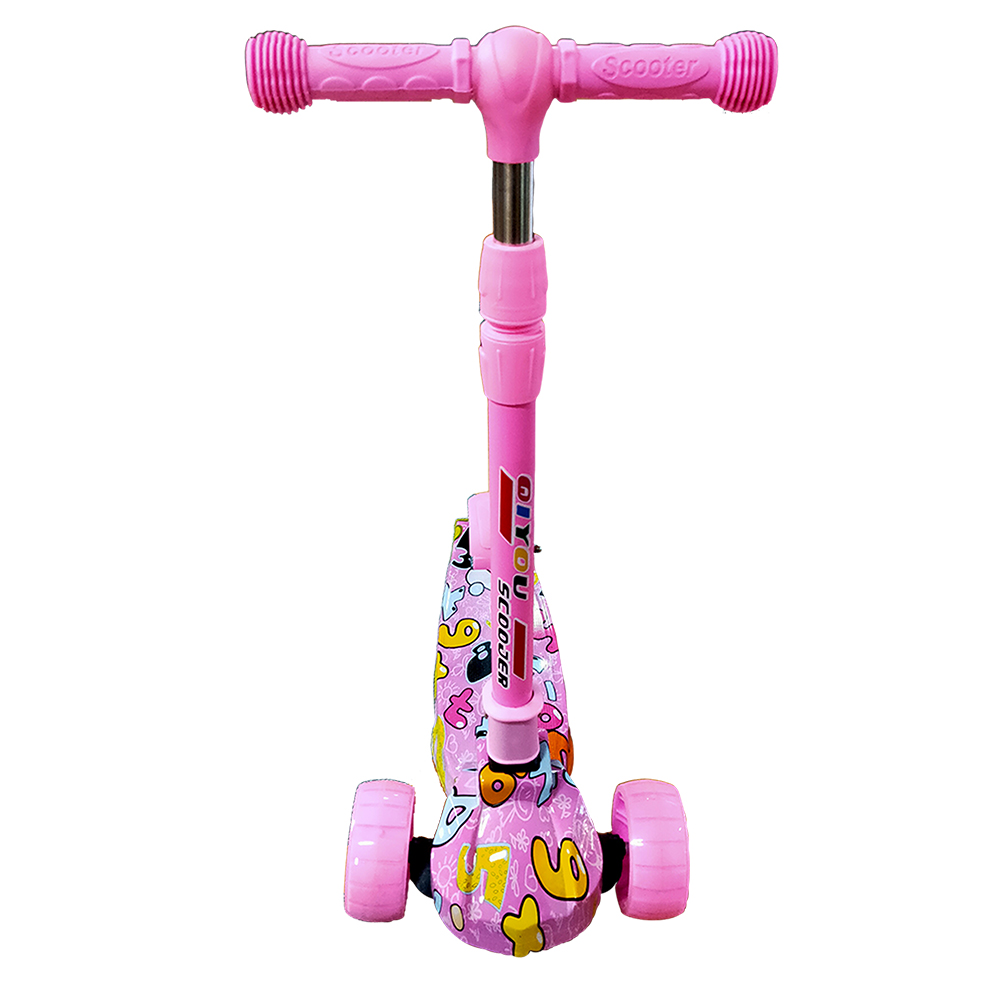 Scoot&RideKids Child Kick Push Scooter 3 Wheels with LED Flashing Tilt Lean Boys Girls Scooter
Scoot&RideKids Child Kick Push Scooter 3 Wheels with LED Flashing Tilt Lean Boys Girls Scooter




- 4
$33.17 -

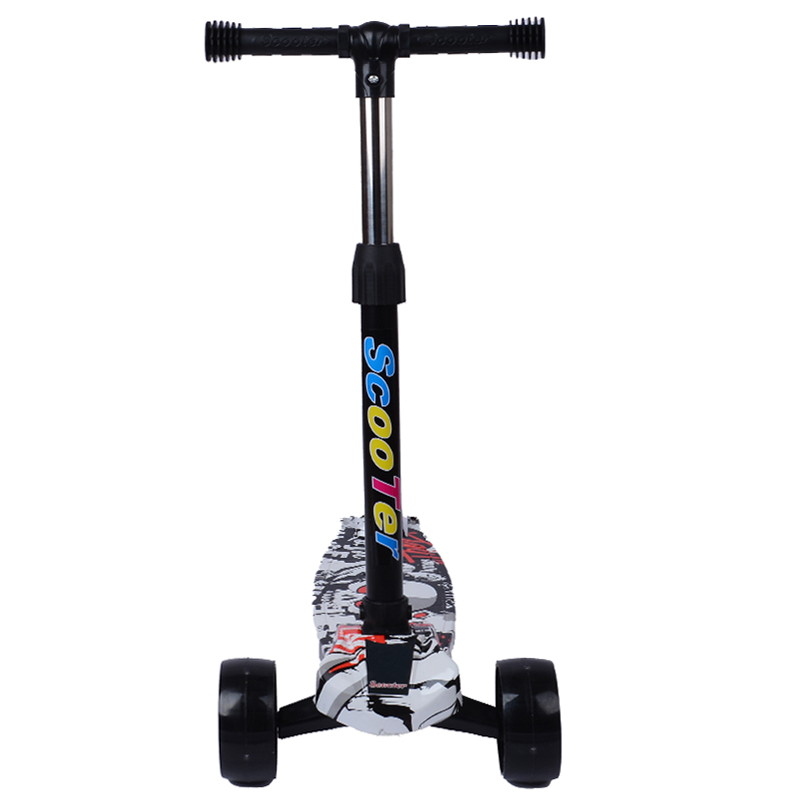 Scoot&RideKids Scooter Child Kick Flashing LED Light Up 3 Wheel Push Adjustable Folding 3
Scoot&RideKids Scooter Child Kick Flashing LED Light Up 3 Wheel Push Adjustable Folding 3- 0
$25.52 -

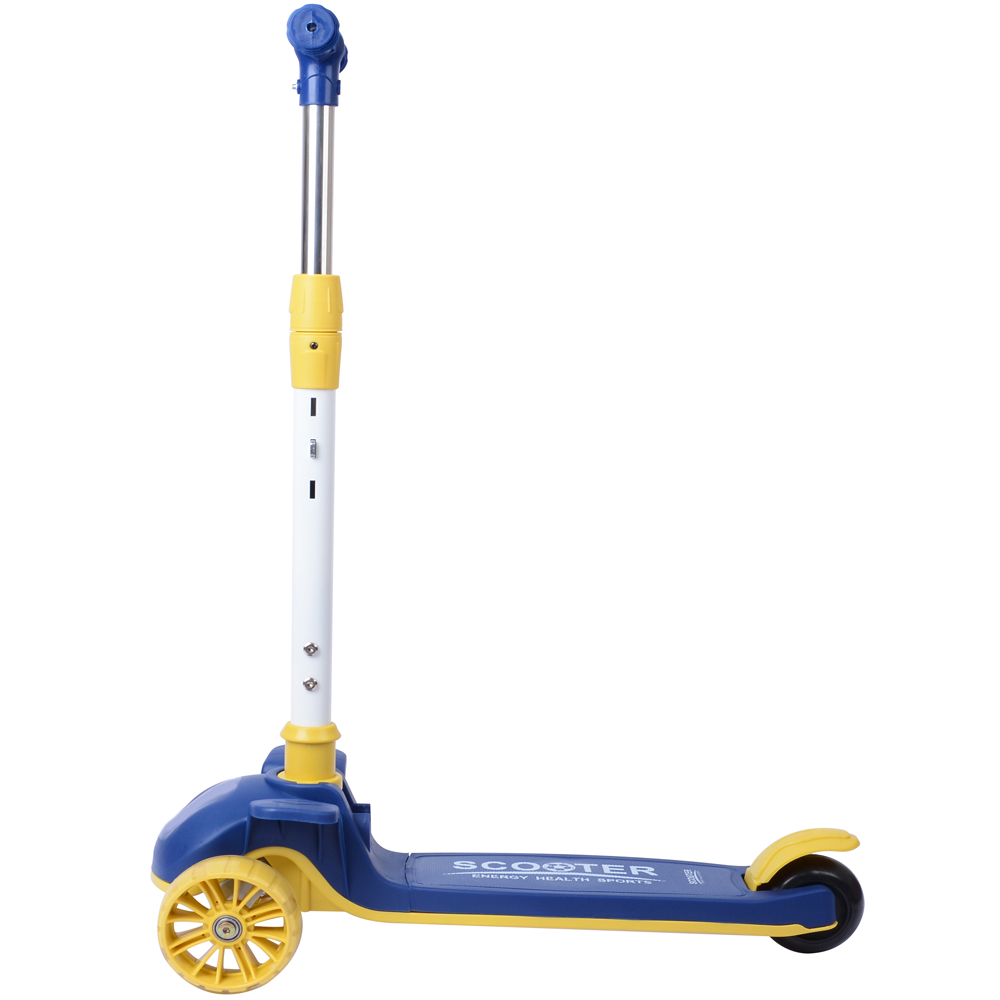 Scoot&RideKids Scooter Child Kick Flashing LED Light Up 3 Wheel Push Adjustable Folding 2
Scoot&RideKids Scooter Child Kick Flashing LED Light Up 3 Wheel Push Adjustable Folding 2- 0
$33.17 -

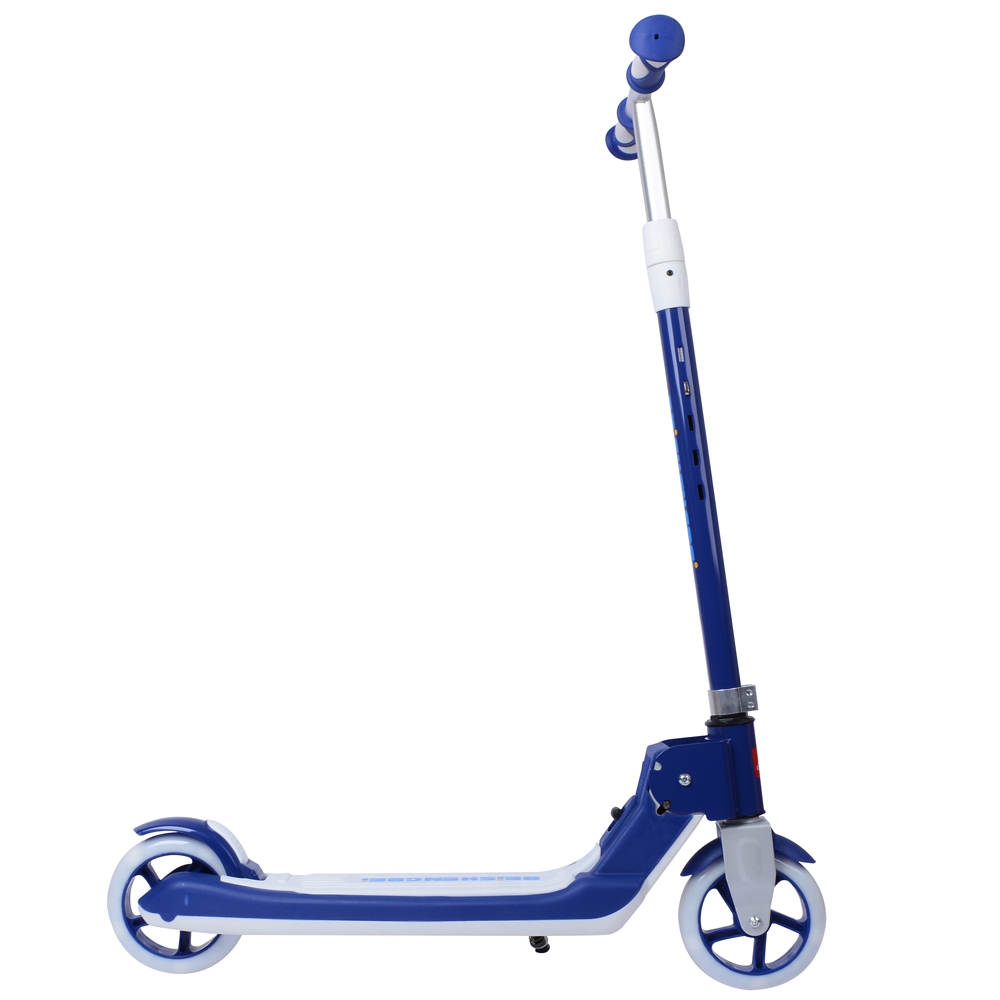 Scoot&RideKids Scooter Teens Foldable Kick Push Scooter Adjustable Height Safe 2 Wheels
Scoot&RideKids Scooter Teens Foldable Kick Push Scooter Adjustable Height Safe 2 Wheels




- 4
$49.99
Meet our partners and discover what powers their creativity!
When you register for a Lohas scooter, you will receive a 10% discount on your first order and can be notified of sales, new product launches and other offers in advance.









